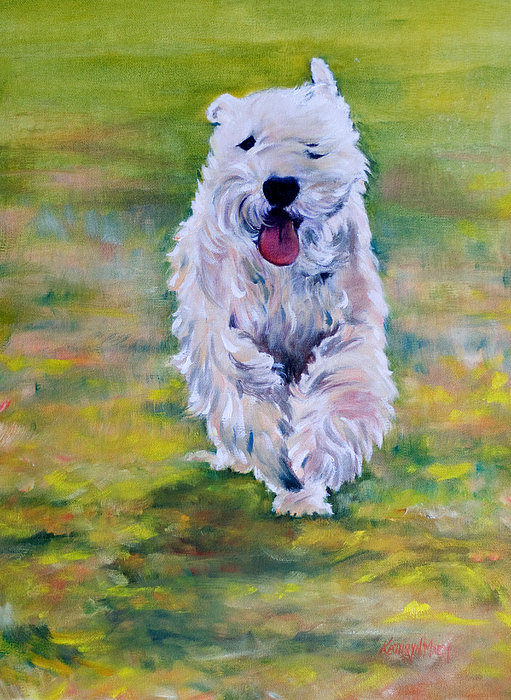
We all love having a dog come to us when we call, but “dog nerds” also like to watch a dog walk away. Some are pleasing to watch because they never put a foot down wrong. Their rear legs are appropriately spaced apart in an inverted “U,” shape (never an inverted “V”), and their movement is the picture of soundness and balance.
And then there are the dogs whose rear legs seem to grow out of the same hole, so to speak. We would refer to such dogs as having a “narrow rear.”
As a rule, most breeds are about the same width at their stem as their stern, though there are always exceptions (think Bulldog). A few sighthounds can also be a bit wider in the rear, but by and large, a dog with equal width is a dog with balance. Why does this matter in a dog that will never step foot in a show ring? It probably doesn’t if your dog never gets off a couch, but if your dog like to take walks, or run and play, a narrow rear makes him unable to build up speed or make acceleration moves. He may lack muscle and/or angulation, and if he’s carrying more body mass on his front, he’s unbalanced. A narrow rear puts pressure and stress on the outside edges of the joints of his rear legs, and that increases the odds of strain, pain, and degenerative joint disorders. It also lends itself to instability, putting the dog at risk in certain activities.
Know to recognize a narrow rear, and if your dog has one, be smart about the activities you do with him or her. We don’t have a picture we can share, but if any of you can share a picture of a dog with a narrow rear that you have permission to share, we’d love to see it posted below.
“Hogan,” a Soft Wheaten Terrier by Kathy Harker-Fiander. This print is available for purchase here.

“He may lack muscle and/or angulation, and if he’s carrying more body mass on his front, he’s unbalanced.”
All quadrupeds carry more of their weight on their front. And most rears are narrower than the front, as the front has to encase the heart and lungs.
I understand what you are saying about the “u” and “V” shapes. But that is due to the. structure of the pelvis. If the bones themselves are too narrow, no amount of putting on muscle will change that.